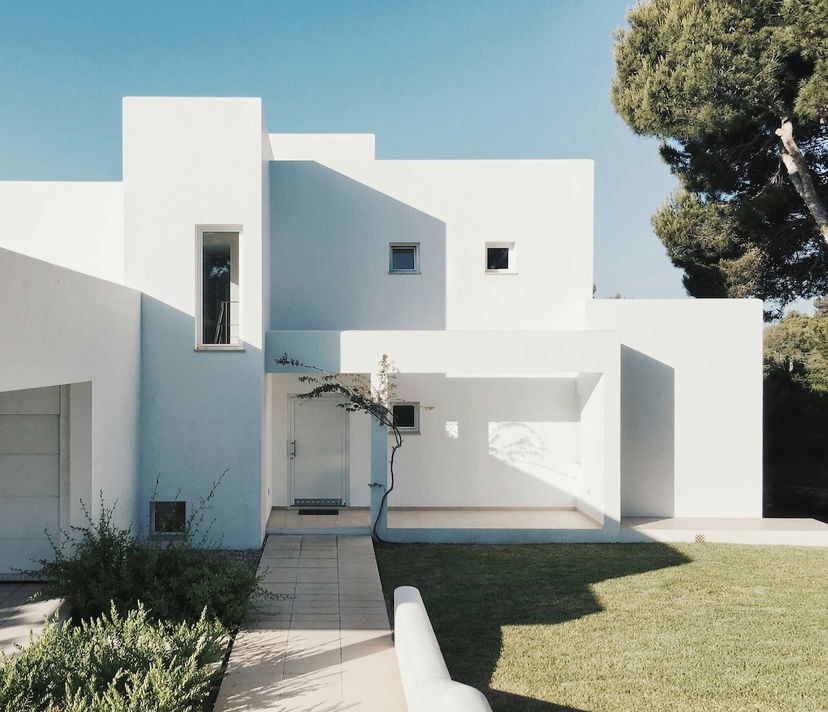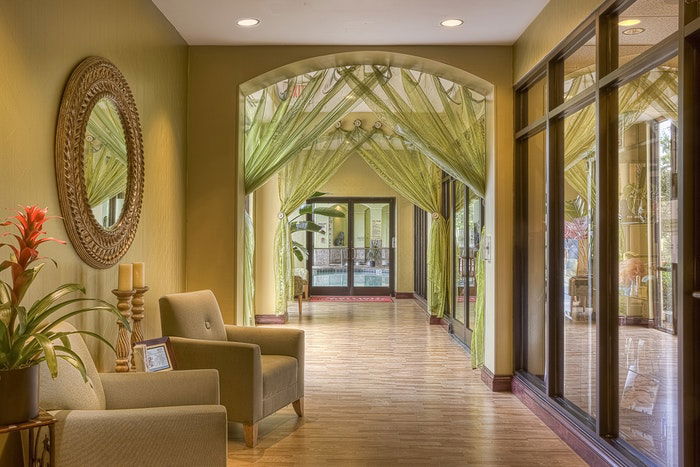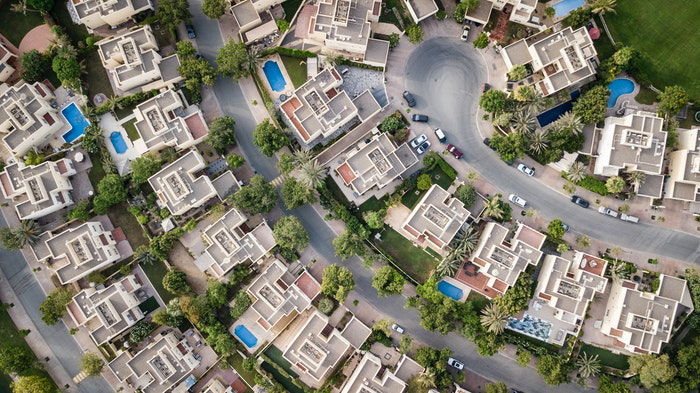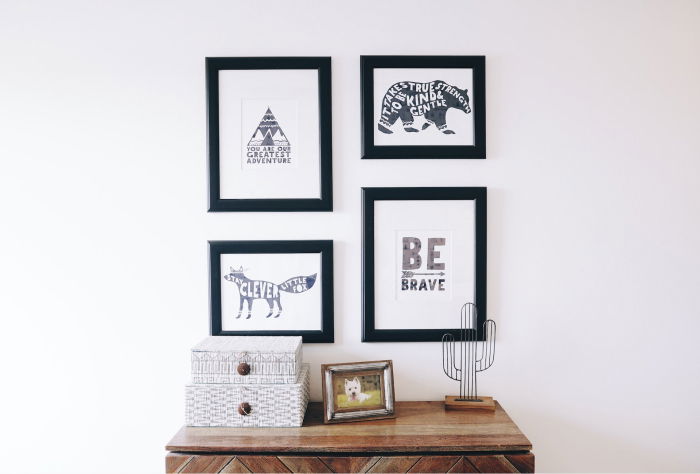8 Tips for Better Lighting for Real Estate Photography
Good lighting is essential for any type of photography, but it’s especially important when shooting real estate. The right light can make a room look warm and inviting, while the wrong light can make it look cold and uninviting. Here are eight tips for improving your lighting for real estate photography.
1. Master Natural Lighting For Real Estate Photography For Magazine-Worthy Shots
If you look through an interior design magazine, you can notice most of the shots use natural light.
Natural light is the best source of lighting for interiors. Just open the windows and curtains and let the sun in.
There are some tips for shooting with natural light:
- Choose the best hour of the day. It’s usually around midday, but some properties get the most light in the morning or afternoon. Be sure to have enough time to shoot with constant light. Avoid shooting interiors at sunset, when the light quickly changes color.
- Open all the blinds. Make the sunlight fill the room as best as possible. You can use net curtains to mitigate the contrast from the windows.
- Turn off every light in the room. One of the most significant advantages of turning the lights off is that you avoid color casts. You can also get uniform white walls with simple editing.
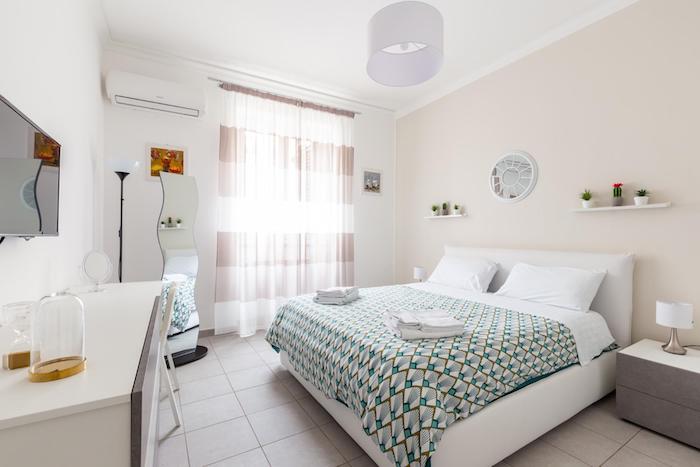
2. Use a Bounced Flash to Reveal Details in the Shadows
One of the downsides of natural light is that it can produce strong shadows that require extensive processing.
The solution comes from a single flash. This can be cleverly used in combination with the largest reflectors available: the walls and ceiling.
The flash must never be pointed forward, or it will produce hard shadows. You can keep it on the camera, tilting the bulb toward the ceiling and slightly backwards. Or use it with a radio trigger for more accurate positioning.
When you use a flash, you should be able to produce an image that doesn’t have the “flash look”.
First, you need to adjust camera settings to get the correct exposure. Next, you can adjust the flash power so that only the shadows are affected. In this way, the main light will be the one coming from the window, and the image will look natural.
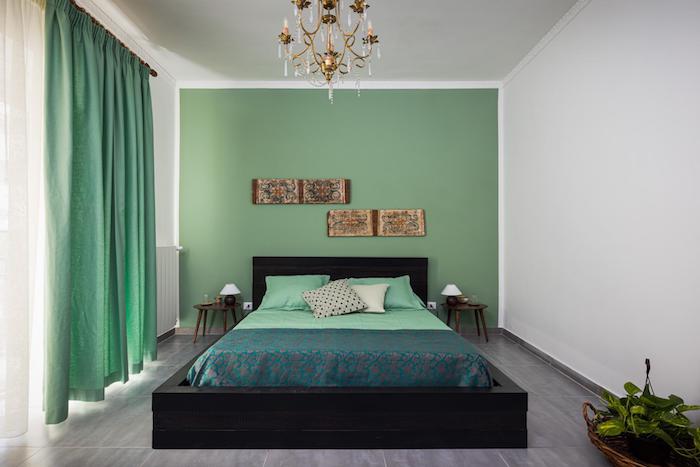 You can learn how to take stunning interior images with our ebook – Picture Perfect Properties!
You can learn how to take stunning interior images with our ebook – Picture Perfect Properties!
3. Use a Flash to Mimic Natural Light
As a real estate photographer, your purpose is to enhance the natural beauty of any space, without altering the real perception.
Sometimes the light in a room can be dull and flat. You can improve this by mimicking natural light.
The principle is to imitate natural light that comes from a definite direction. If the room has a window that is not bright enough, point the flash on the same wall to get a soft large diffused light coming from that direction.
Make sure that the flash and the bright spot on the wall are not in your framing. If you can’t avoid it, make a second identical shot without the flash and mask the unwanted elements in photoshop.
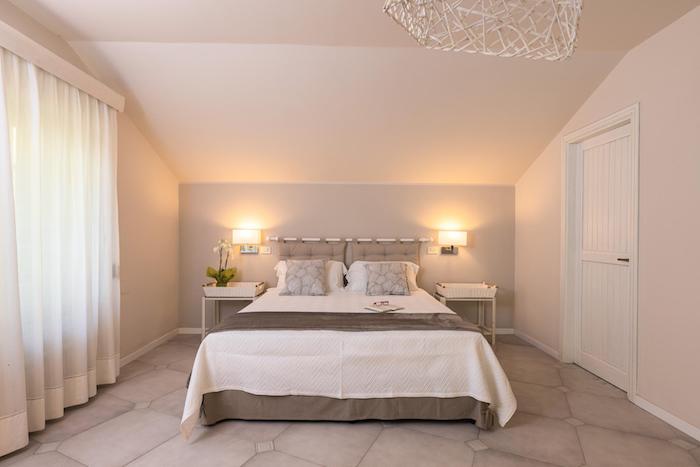
4. Turn on the Lights if They Add Value and Character to the Room
Sometimes light fixtures can be a feature of the property. You need to turn on the lights in order to appreciate them.
In these cases, a simple shot will not be enough to capture all the details in the shadows and highlights. There are two ways to get the right exposure, which one to follow is a matter of personal taste and style.
The first is to use natural light and a bounced flash to fill the shadows in the room. The hardest part is to balance three sources of light: the light fixtures, the light coming from the windows and the flash.
You can close the curtains if the light from the window is too strong. Then you can set the exposure looking at the histogram on the camera. The highlights should just touch the right side to avoid a complete blowout of the area around the lamps.
You can add a flashlight to fill the shadows and reduce the overall dynamic range of the scene.
The second method is to shoot multiple exposures and merge them in a single HDR image that maintains all the details from the highlights and shadows. You can recover all the details in Lightroom or Photoshop.
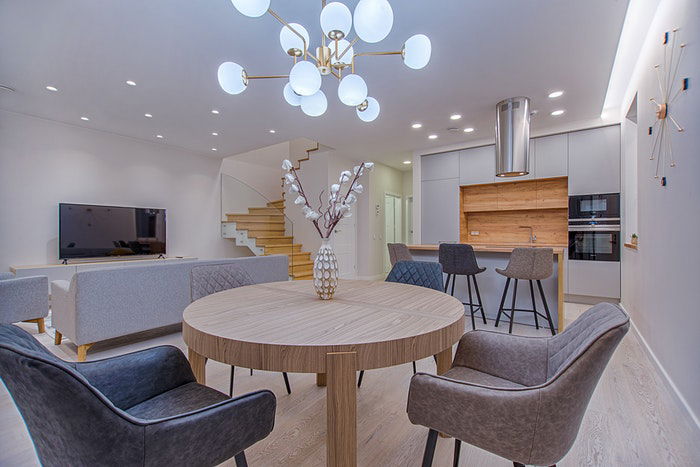
Photo by Vecislavas Popa from Pexels
5. Use HDR While Maintaining a Natural Look
It is good practice to capture every image with bracketing. It is more and more common since the latest updates in Lightroom that allow you to automatically batch-process all the bracketed shots in a folder.
But why is HDR so useful? When we are in a room, our eyes continuously adapt to the environment to sense the highlights and shadows. Even the most advanced camera sensor is not capable of capturing this wide range in a single shot. Therefore, a photographer needs to capture different exposures and combine them in post-production.
But there is a pitfall that seduces most photographers. It is the exaggeration of post-processing that produces unnatural images.
When you open a HDR image in Lightroom, you can notice how easy it is to pull the highlights and shadows sliders all the way. By doing this, you ruin the middle part of the histogram, losing details and beautiful colors.
The best method is to use local adjustments to recover highlights and shadows only where needed, leaving the correctly exposed parts of the image untouched.
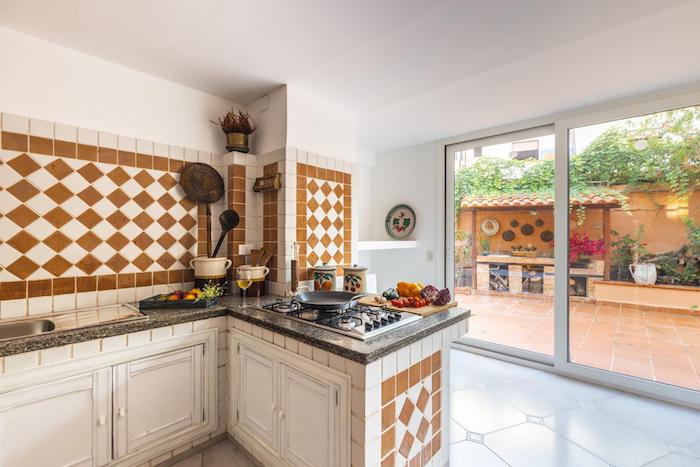
6. Show the View From the Window in a Natural Way
Here is one of the most common challenges for real estate photographers: showing both the interior and exterior as we would see with our eyes. This means a perfectly exposed exterior and a bright interior.
The first step is exposure bracketing, paying attention that the fastest shot is correctly exposed for the exterior. Then merge the shots in a single HDR image and use the local adjustment tools to recover the highlights from the window.
The results are not always clean; in most cases, you may lose some details from the exterior view. The transition from the window frame to the exterior may look smudged. At this point, you may add a further step.
In Photoshop, you can open two images as layers; the edited HDR and the single shot with the correct exposure on the window. You can now easily mask the window and replace the view. A little blend at the end helps to achieve a perfectly seamless union of the two images.
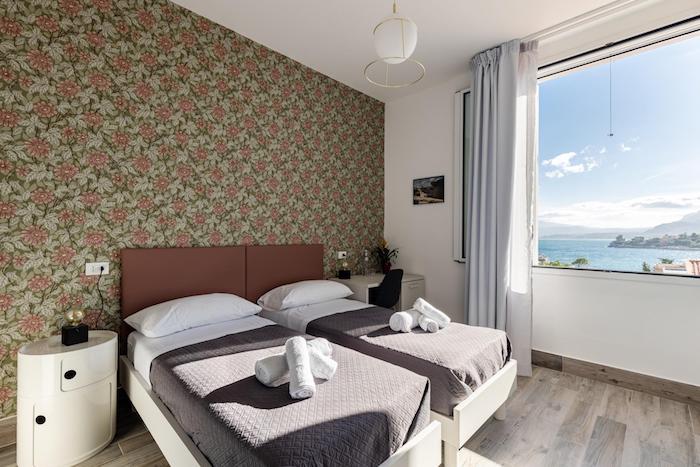
7. Avoid Mixed Lighting to Eliminate Color Casts
The perfect lighting should always appear neutral in color.
Some light sources have different temperatures. The light from a window is different depending on the hour and the direction of the building. The light fixtures can be cold or warm, and the flash is daylight.
When these light sources don’t match, you’ll obtain a red and blue cast on your photo. This needs to be fixed in post-production.
The first method to avoid a color cast is to turn off every light. This way, you can be sure to have beautiful, uniform light in your photos.
If your flash doesn’t match with the light fixtures or with the window light, you should use gel filters to match the color temperature. Is preferable to match the flash with the interior lights, since fixing the blue cast from a window is usually easier in post-production.
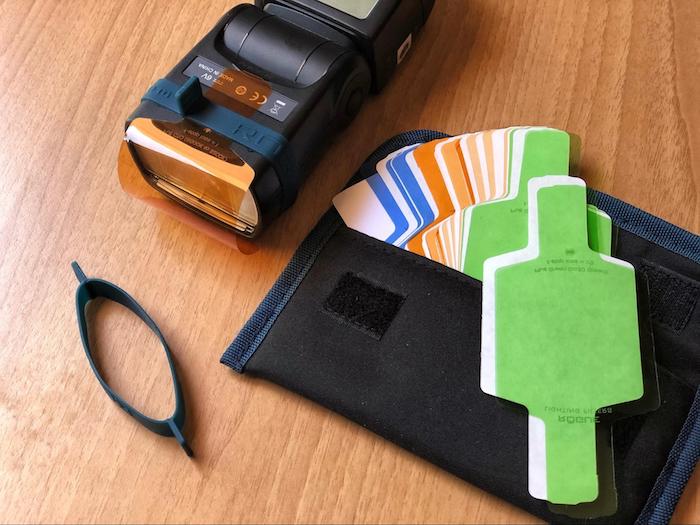
8. Always Use the Same Lighting for Consistent Results
This last tip is one of the most important. It will make all the difference.
Be consistent in your shoot from the beginning to the end of every property. You can learn a lot of techniques and tricks to get the best lighting, but you should use the same approach for every room in the property.
If you start with natural light, then you capture another room with flash, and another with light fixtures turned on, you’ll obtain an irregular gallery. This will not be as pleasing as if you would have shot everything in natural light.
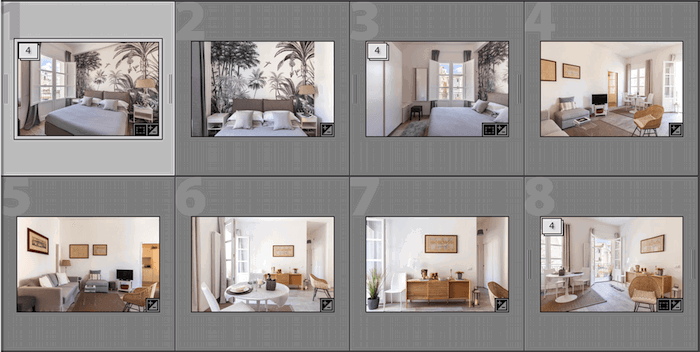
A good practice is to take a tour of the property before the shoot and decide which lighting technique will be more appropriate.
This rule can also apply to a short series of works, like a small group of homes for an agency that will go to a website.
Common Questions
What Is the Best Flash for Real Estate Photography?
A real estate photographer needs a simple manual flash, with a guide number of 58 or higher. Basic Neewer or Godox flashes will do the job perfectly. Some also come with a built-in wireless trigger. If you need more power, the Godox AD200 is an excellent option.
Conclusion
You should always look for the chance to apply new techniques and improve your style. Remember to keep your images consistent, though!
In this way, you’ll become a master in lighting for real estate photography in no time.
